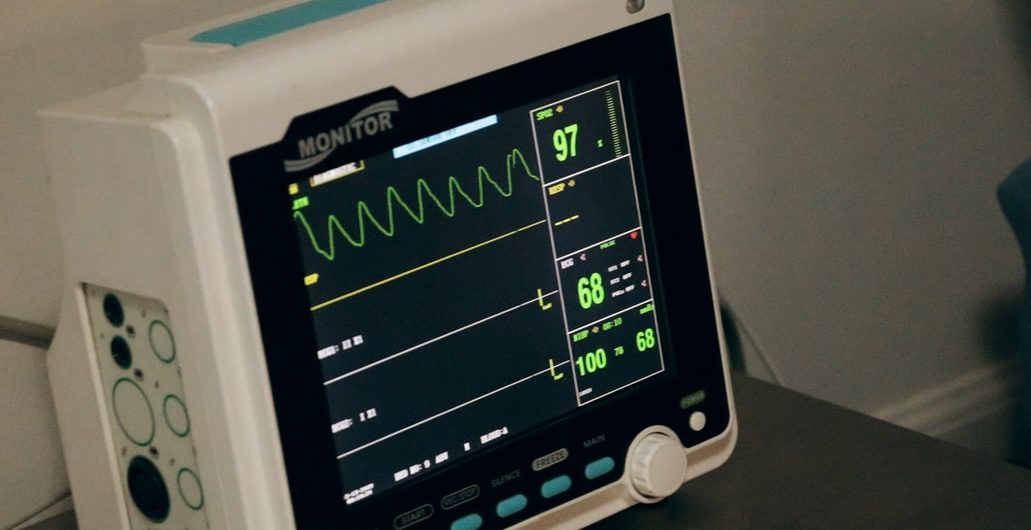The Cipa assay is a very important tool used to monitor cardiac function in humans. It evaluates the electrical fields of the heart both at rest and during exercise. The results of this test are used to determine the health of the cardiovascular system and heart muscles. This test is one of the most advanced and versatile available. Here’s how it works: a single blood sample from an individual is compared to several samples from the same person.

Understanding The Features And Processes Involved
A CIPA assay uses electrodes on the chest of the patient. The monitoring device continuously transmits an image of heart activity to a computer. If the heart is beating at a higher rate than the electrodes, there is a high possibility that it is causing an irregularity. As the electrodes change, cardiac ion flux is measured. This information is used to monitor the health of the heart. This method is especially useful for monitoring patients with cardiac arrhythmias.
The Cipa assay utilizes four types of probes, which are classified by their functional group in the heart. They are called nanion substrates, and they are tested to determine whether they activate a cardiac ion channel. Then, they are classified as nucleoside, non-nucleoside, and ATP-responsive components. Typically, a nanion substrate binds to a specific ion channel and signals the activation of cardiac ion channels.
The CIPA assay contains over 250 measurements, half of which are based on electrocardiograms and the other half on non-evolutionary methods. This data is critical in the development of new drugs and in the safety and efficacy of existing treatments. Moreover, the CIPA assay is a powerful tool for clinical trials and is also a valuable tool for researchers to assess the effectiveness of new medications. In addition, it can predict proarrhythmic activity.

Use In Medical And Clinical Trials
The CIPA assay has become a standard test in clinical trials to assess the effectiveness of pharmaceutical drugs in patients. As a result, it has been used in the detection and treatment of arrhythmias, inflammatory diseases, and cardiovascular-related diseases. As a result, the CIPA assay has become an indispensable tool in the medical industry. It is one of the most widely-used in the world. Further, it is a highly accurate and reliable diagnostic tool in the pharmaceutical industry.
The CIPA assay is one of the most accurate ways to diagnose cardio-respiratory health issues. The tests are accurate and help doctors detect early symptoms of cardiac disease. This is especially helpful for patients who have heart conditions and may have limited access to medical care. There are many benefits of using the CIPA assay. This diagnostic tool is a vital part of modern medicine. And it is a cost-effective way to test for the most common cardiovascular disorders.

Improving Health Standards And Research
Clearly from the information that we have gathered and discussed, it would appear that health standards and research has improved signicantly. One of the main reasons behind this has been the proactive use of the Cipa assay. Thanks to the data and information that is collated, this information is being used to help develop treatments and support for people with cardiac conditions.





